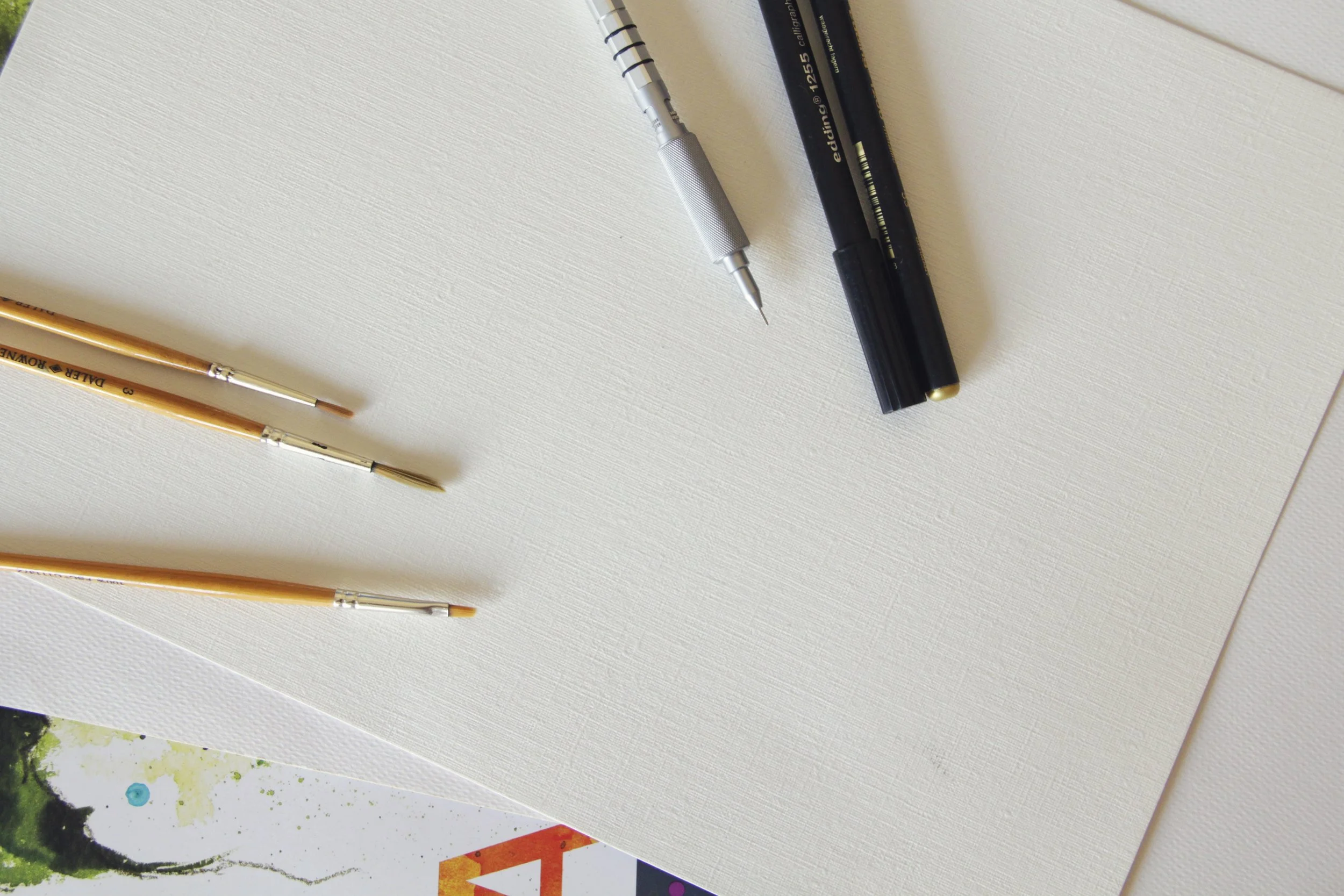In preparation for Easter 2015, Union Church worshipers were invited to break dishes as a symbolic gesture representing the broken areas of our lives that God can heal. Bill Catling from Azusa Pacific University was commissioned to take these broken pieces and put them back together to tell a story of our church and community. We were able to do this as part of an Urban Arts grant Union Church received that facilitated showing the JTown Jazz Club Musical at the Aratani Theater as well as this art piece. The musical and broken pottery mosaic are both meant to spur more creative ways our church can engage in to share stories of pain, perseverance and hope.
The imagery in the designs along the bottom of all four mosaics contain water-like colors and shapes to unify the panels. The blues, greens and whites symbolize the water of the Holy Spirit unifying presence across the decades and into the future and the flow of time as well as the connection of the two coasts (Japan and California) across the Pacific Ocean.
There are a few places on the panels where matching plate fragments have been lined up for Kintsugi, where gold is used to connect broken pieces making it more beautiful and more valuable. The fourth panel has it on the four crosses to show how the gold as symbolic for the repairs only Christ can offer even when the sections are not matched.
In panel one (early 20th c) there is the large flame of the Holy Spirit (reds and yellows) from the outpouring of the Azusa Street experience (1906) along with the early roots of Union Church (1918). This also represents the early era of Little Tokyo and the explosive growth in its early history.
In panel two (mid 20th c) there is a Torii Gate taken from a sumi ink drawing symbolizing the growth of the Japanese Church in LA, along with the suffering and hope of the transition caused by WWII. The gates usually denote a transition into a sacred place. In this case a period of suffering that led to a closer connection to the Holy Spirit symbolized by the smaller flame. The gate also represents all of Japanese culture and the hope of the ever-present Spirit that resides amidst painful eras in our lives.
In panel three (late 20th c to recent years) there is a set of flame-like growing forms that move upwards in a dark field of broken black plates. Each flame is a unique aspect of the church and have not found their way into a united experience and yet the Spirit continues to work. This design is based on one of the stained glass windows in the church sanctuary. The growth of the multi-ethnic community downtown and in our own church can be seen as something the Holy Spirit is doing. All the various colors can be seen and the diverse peoples reaching up toward heaven.
In panel four (present into the future) there is a Jerusalem cross, like the upper, central stained glass in the sanctuary, representing the integrated wholeness created by the Holy Spirit working through all of the different stories and allowing for greater levels of healing and ministry into the future. This cross is not only the symbol of Union Church but of the Bridge and, interestingly, the same symbol of our newest ministry partner, Praise Chapel Los Angeles. The Jerusalem Cross has four smaller crosses representing the gospel going to the four corners of the earth. The cross is central not only to our past but is our centerpiece as we follow the Holy Spirit into the future.
There is much more to explore in these four panels as we continue to reflect on their meaning and we hope you will share your own thoughts.
Eventually the four panels will find a more permanent home in the church but will remain movable as needed. The remaining broken pieces are still in our possession for a potential future project as well.
Lastly I want to thank Mike Stafford for his leadership in making this art project possible. I know I hope this will only be the beginning of many more creative projects to come.
Tim Yee (and Bill Catling) | October 2015


